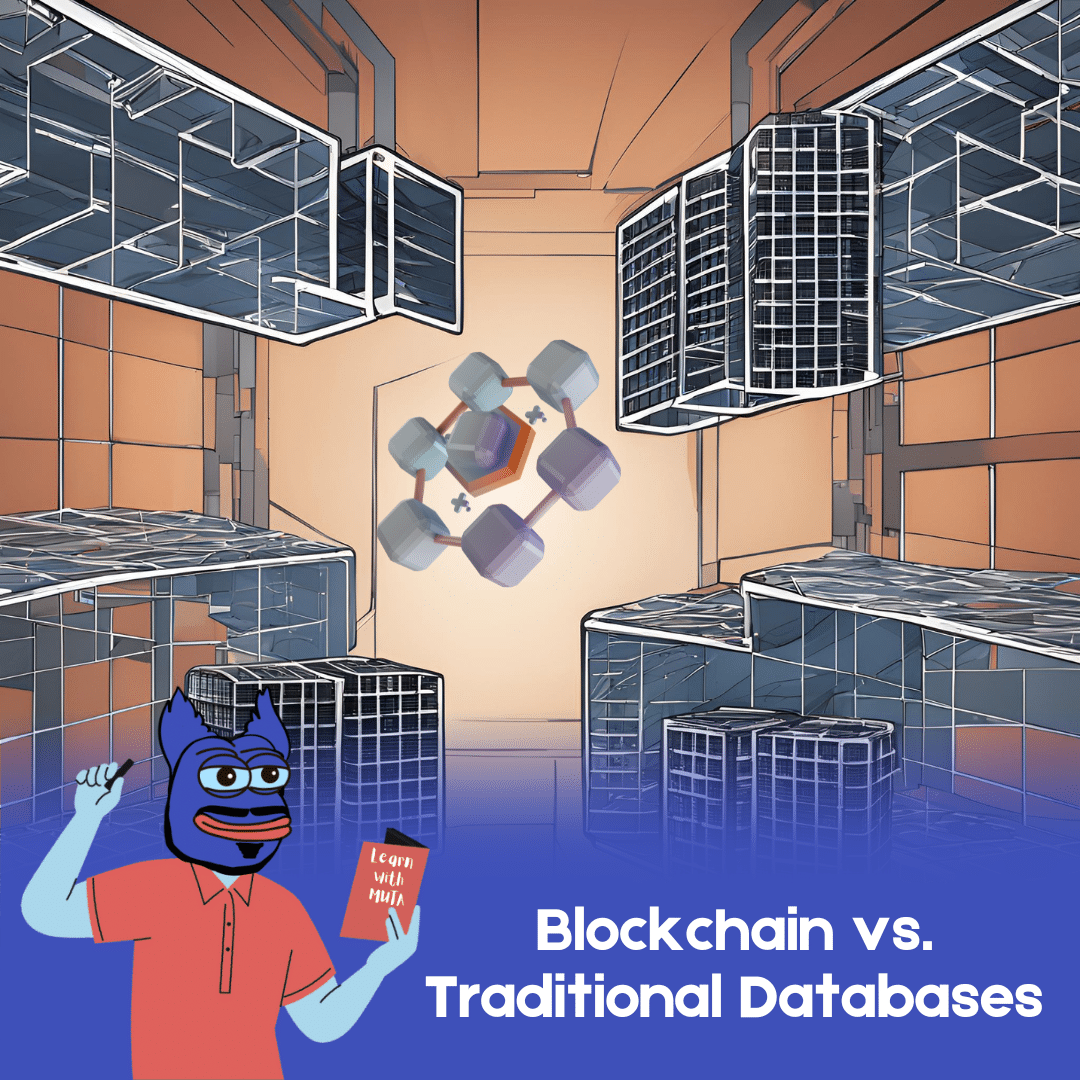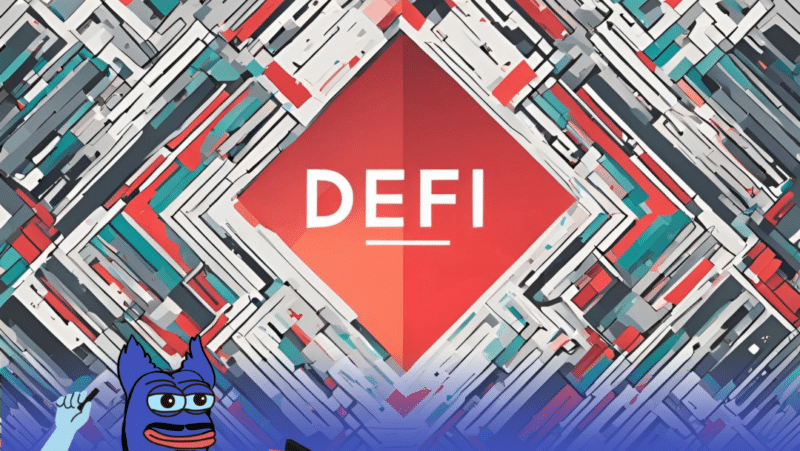
Difference Between Blockchain vs. Traditional Databases
In the ever-evolving world of technology, few debates are as intriguing as the one between blockchain and traditional databases. While both are designed to store and manage data, they do so in fundamentally different ways, each with its own set of strengths and weaknesses. Understanding these differences is crucial, especially as businesses and individuals alike seek the best tools to manage their data in a secure and efficient manner.
The Basics: Blockchain vs. Traditional Databases
Let’s start with a simple analogy: imagine you’re writing down important information. If you use a permanent marker, once you’ve written something down, it’s there for good—you can’t erase it, change it, or alter it in any way. That’s blockchain. On the other hand, if you use a pencil, you can erase and rewrite as much as you want. That’s a traditional database.
But this comparison only scratches the surface. To truly appreciate the differences, we need to dive deeper into how these systems are structured, controlled, and managed.
Structure: A Chain vs. A Table
First, let’s talk about structure. Blockchain is exactly what its name suggests—a chain of blocks, each one linked to the next. Imagine a long chain where each link is securely attached to the one before it and the one after it. Each block in a blockchain contains a bundle of transactions or data, and once a block is added to the chain, it’s there permanently.
Traditional databases, however, are structured more like a table or a spreadsheet. You have rows and columns where data is neatly organized. This structure allows for easy access, sorting, and modification of data. Need to update a record? Just click and edit. Need to delete something? A simple press of the delete key does the trick.
This difference in structure is one of the key reasons why blockchain and traditional databases serve different purposes and offer different benefits.
Control: Decentralization vs. Centralization
Now, let’s talk about control. Blockchain is decentralized, which means no single person, organization, or entity has complete control over it. Instead, control is distributed across a network of participants, often referred to as nodes. Each node in the blockchain network has a copy of the entire blockchain, and for a new block to be added, a majority of the nodes must agree that the block is valid. This process, known as consensus, ensures that the blockchain remains secure and trustworthy.
On the flip side, traditional databases are centralized. There’s typically one central authority—like a company, organization, or government—that controls the database. This central authority has the power to add, update, or delete data as they see fit. While this centralization allows for quicker and easier management of the data, it also introduces risks, such as the potential for data breaches, unauthorized access, or even manipulation of the data.
Immutability: Unchangeable vs. Editable
One of the most significant differences between blockchain and traditional databases is immutability. Immutability means that once something is recorded, it cannot be changed or deleted. Blockchain is built on this principle. Once a block is added to the chain, it’s there forever. You can add new blocks that might correct or update information, but the original block remains unchanged.
Traditional databases, in contrast, are highly mutable. Data can be edited, updated, or deleted at any time. This mutability is useful for applications where data needs to be frequently changed or corrected, but it also makes traditional databases more vulnerable to tampering or accidental loss of information.
Security and Transparency: Why Blockchain Stands Out
So why is blockchain generating so much buzz? It all comes down to security and transparency.
Blockchain is like a digital fortress. Because each block is linked to the one before it, you can’t change a single block without affecting the entire chain. This makes blockchain incredibly secure. If someone tries to tamper with a block, they would need to alter every subsequent block in the chain, which is virtually impossible in a well-maintained blockchain network.
But security is just one part of the equation. Blockchain is also incredibly transparent. Everyone in the network can see every transaction that’s ever occurred. This openness builds trust because it ensures that nothing is hidden. In a world where transparency is becoming increasingly important, blockchain offers a solution that traditional databases simply can’t match.
Traditional databases, while easier to manage and more flexible, don’t offer this same level of security or transparency. They’re more like a locked filing cabinet—secure as long as the keyholder is trustworthy, but vulnerable to breaches if that trust is broken.
When to Use Blockchain vs. Traditional Databases
Given these differences, when should you use blockchain, and when should you stick with a traditional database?
Blockchain is ideal for situations where security and transparency are paramount. It’s perfect for financial transactions, supply chain management, voting systems, and any other application where trust and immutability are critical. However, blockchain’s complexity and immutability can be a drawback in situations where data needs to be frequently updated or changed.
Traditional databases, on the other hand, are best suited for applications where flexibility, speed, and ease of management are more important than absolute security or transparency. They’re great for customer databases, inventory management, content management systems, and other applications where data needs to be frequently updated and changed.


